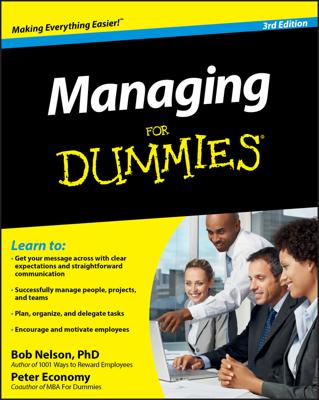As a manager dealing with employee discipline, your primary concern is correcting unacceptable performance. You always want to help your good workers become even better, but your first concern has to be to identify employees who aren't working up to standard and to correct their shortcomings on the job.
The following disciplinary steps are listed in order of least to most severe. Always use the least severe step that results in the behavior you want. If that step doesn't do the trick, move down the list to the next step.
Verbal counseling
A typical manager verbally counsels a variety of employees in any given day. Verbal counseling can range from a simple, spontaneous correction performed in the hallway ("Marge, you need to let me know when our clients call with a service problem.") to a more formal, sit-down meeting in your office ("Sam, I'm concerned that you don't understand the importance of checking the correct address prior to shipping orders. Let's discuss what steps you can take to correct this problem and your plan to implement them."). Note: You usually don't document verbal counseling in your employees' files.
Written counseling
Written counseling formalizes the counseling process by documenting your employee's performance shortcomings in a memo. Written counseling is presented to the employee in one-on-one sessions in the supervisor's office. After the employee has an opportunity to read the document, verbal discussions regarding the employee's plan to improve performance ensue. This documentation becomes a part of your employee's personnel file.
Negative performance evaluation
If verbal and written counseling fail to improve your employee's performance, the situation warrants a negative performance evaluation. Because performance evaluations are generally given only annually in many organizations, if at all, they're not usually useful for dealing with acute situations.
Demotion
Repeated negative performance evaluations or particularly serious performance shortcomings may warrant demoting your employee to a lower rung on the organizational ladder. Often, but not always, the pay of demoted employees is also reduced at the same time, making for a very unhappy employee.
Before you resort to demotion, first try to find a position at an equivalent level that the employee can handle. This step may help improve your employee's motivation and self-confidence and result in a "win" for both the employee and the organization.
Termination
When all else fails, termination is the ultimate form of discipline for employees who are performing unsatisfactorily. In these days of wrongful termination lawsuits and high-dollar judgments, you must document employees' performance shortcomings well and support them with the facts.

